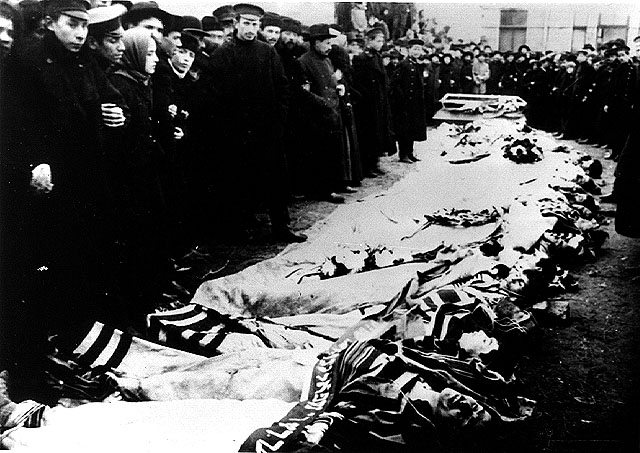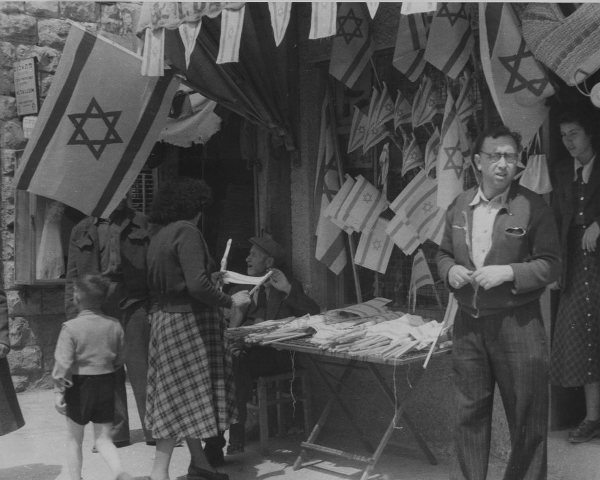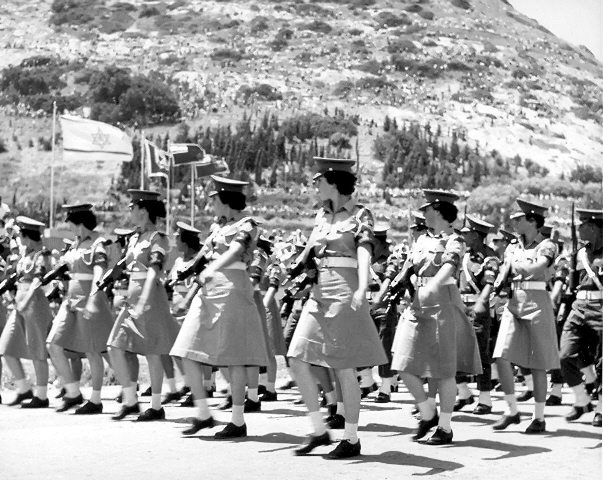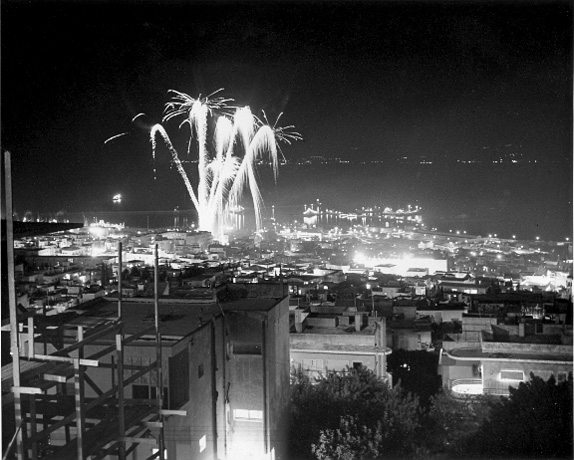In 1903 the young poet Chaim Nachman Bialik was sent to Kishinev, Russia, to cover the pogroms there. He faced horrible sights: 49 brutalized dead bodies, 92 severely wounded, dozens of Jewish shops ruined and looted. But what upset him even more were the humiliation, the helplessness, the shredded self-respect of the Jews – these scarred the young man’s soul forever. He expressed his rage and frustration as to the passive, weak reaction of the Jews, in the sarcastic poem In the City of Slaughter בעיר ההריגה, which became his life’s work.
The poiema, which included harsh accusations against the Jews who did not try to resist, just prayed in their hiding places while the Russians were raping their wives and slaughtering their children, has shaken the Jewish world. The very image of the submissive Jew was on trial, and it was clear to everybody – everything had to change.

Historian Anita Shapira describes in her wonderful book “The Dove’s Sword” (1992) the revolution in the minds of the Jews regarding the use of force for resistance and self-defense, since the Kishinev pogroms until the foundation of the State of Israel. In much simpler words: how did the bullied kid become the bully? Shapira marks the Kishinev events as a turning point from which the Jews’ aversion towards violence, deeply embedded in their tradition and world view, turned into a mentality of active resistance and self-defense.
Turning the image of the old “week, short, crooked legs, clumsy, lame postured Jew” described by Max Nordau, into a new state of mind figuring a Jewish muscular man was a long difficult process. The Zionists had to create a whole new national psychology, and the main change factor was the Israeli Poalim (workers) movement, which led the Zionist movement until the foundation of the State.
“The Defensive Ethos” – that is how Shapira called the main strategy of the Poalim movement regarding the use of force after the Balfour declaration until World War II. “When we came to Israel, we did do so in order to kill or get killed. We were idealists. We wished not to shed blood but we realized we had to, if we wanted to be independent” – the words of Ben Gurion, who thought there are two prototypes in the mind of each Jew: the ghetto-like and the Zionist, therefore he led a strategy of self-defense use of force only.

According to this outline the “Hagana” was established in 1920. Whereas the main goals of the Poalim were Aliyah, settlement, and construction, the use of force was perceived as a necessity only. Right movements, such as Beitar, idealized and idolized the use of force, admired Trumpeldor and his military heritage, and lived by the motto: “To die or to conquer the mountain”, declared by the charismatic Jabotinsky.
The defensive ethos held by Ben Gurion and his partners lasted over 20 years. Neither the 1929 riots, nor the white books, or even the three years Arab revolt of 1936 could change their basic approach of restraint. Shapira explained that the restraint policy was in fact a rationalization of the ancient Jewish withdrawing from innocent blood shed. The bullied boy would not hit back just yet.
The shift from defensive to offensive took place after World War II and the holocaust. Rage, insult and humiliation at the atrocities of the Nazis, as well as bitter disappointment from the victory of the Labor party in Britain resulted in an attitude reverse. The militant “Hemeri Haivri” movement was set, in which Hagana members cooperated with Etzel and Lechi men to plan terror attacks against the British.

These operations did not wipe out the anti-force approach. After the November 1 1945 railways sabotage, Chaim Weizman – president of the World Zionist Organization – declared: I express my total objection to any violence as a mean to achieve our goals. He kept holding this world view until his last day. “Hameri” was active for several months, and after Operation Agatha of June 1946, the Zionist leadership deserted terror and returned to diplomatic efforts.
The next turning point was in March 1948, when “Plan D” was executed, some three months after the November 29 U.N. vote. At those days the situation of the Jewish Yishuv was deteriorating: there were 1,100 lives already lost; a long siege on Jerusalem; smaller settlements were surrounded by the Arab enemy. In addition, there has been a change in American policy, as the Americans considered renouncing the division plan in order to calm the conflict.
Those were crucial days and the Zionist leaders realized an extreme move was in place. Plan D was formulated under Ben Gurion and the Hagana headquarter, shifting from defense strategy to attack. The plan was a success, and in fact won the war: hundreds of Arab villages were taken by force; “Nachshon” operation was set; similar operations achieved a territorial contiguity.
For 2,000 years the Jewish people was captured in a passive state of mind, then after 40 years of restrained Zionism – the rage just burst out. In six weeks, 300,000 Arab civilians left their homes; historians, though they have various views on the circumstances of the Arab’s flee, agree that if it wasn’t for Plan D, the state of Israel could not have been established. Some reckon that the plan laid the foundation to Israeli militarism, while others claim that if you wish to build “a villa in the jungle”, you can’t fear all the wood chipping involved.
HAPPY INDEPENDENCE DAY!
